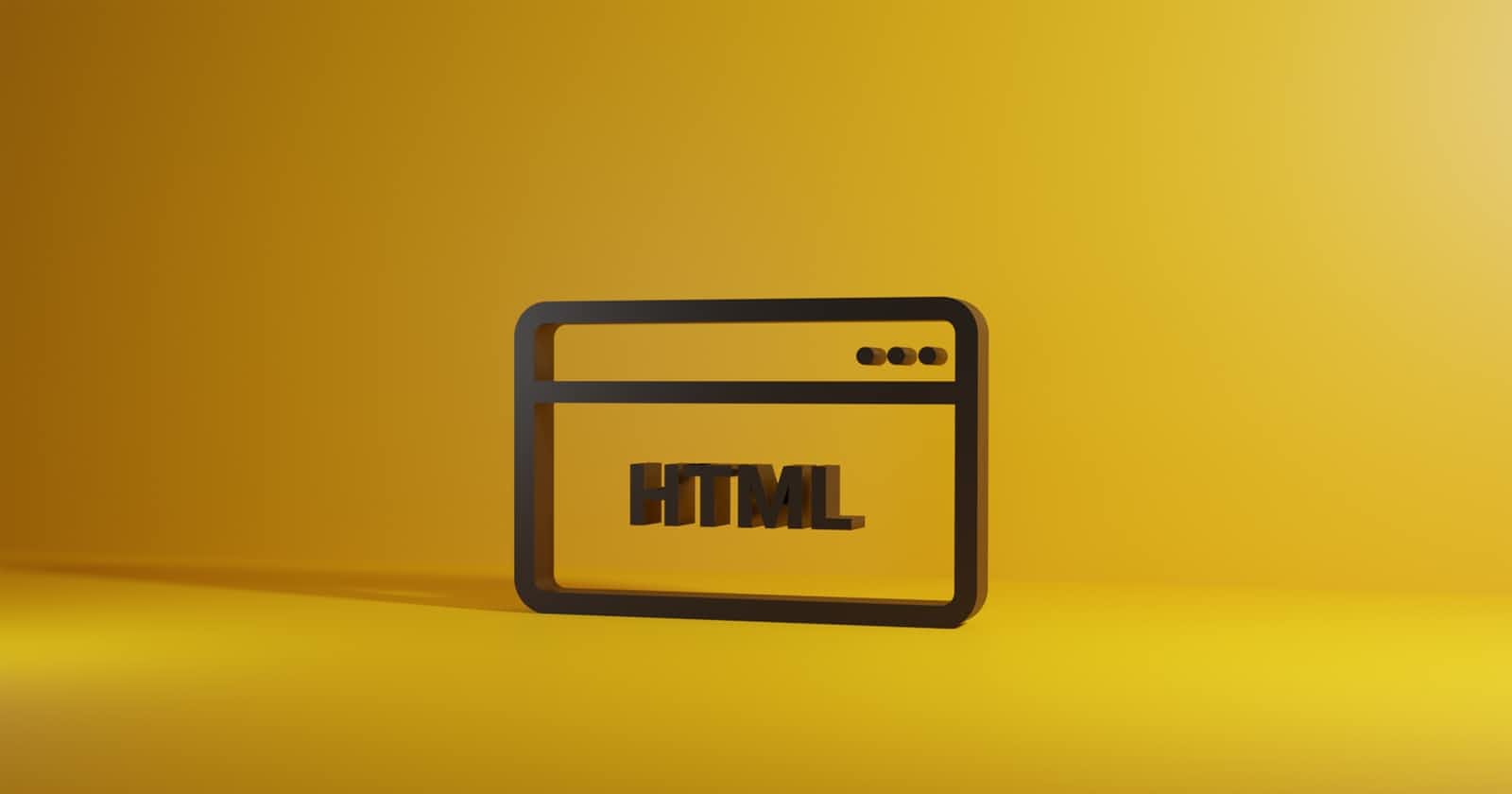1. Web pages development
HTML is heavily used for creating pages that are displayed on the world wide web. Every page contains a set of HTML tags, including hyperlinks which are used for connecting to other pages. Every page that we witness on the world wide web is written using a version of HTML code.
2. Web document Creation
Document creation on the internet is dominated by HTML and its basic concept via tag and DOM, i.e. document object model. HTML tags are inserted before and afterwards or phrases to locate their format and location on the page. A web document consists of three sections: title, head, and body. Head includes the information to identify the document, including title and any other important keyword. A title can be seen on the browser’s bar, and the body section is the main portion of the website visible to the viewer. All three segments are designed and created by the uses of HTML tags. Every section has its own specific set of tags, which are dedicatedly rendered, keeping the head, title and body concepts in a loop.
3. Internet navigation
This is one of the most important uses of HTML, which is revolutionary. This navigation is possible by utilizing the concept of Hypertext. It is basically a text which refers to other web pages or text, and when the user clicks on it, would navigate to referenced text or page. HTML is heavily used to embed the hyperlink within the web pages. A user can easily navigate the web pages and between websites as well, located on different servers.
4. Cutting edge feature
HTML5, with its set of standards and API, is being used to introduce some of the latest trends in the website creation business. Like polyfill libraries, which are supported by old browsers equally well. Browser like Google Chrome is the perfect choice when it comes to implementing an HTML5 latest set of standards and APIs. A JavaScript library is available called Modernizr, which can detect features that let the developer dynamically load polyfill libraries as required.
5. Responsive images on web pages
At the elementary level in applications of HTML, queries can be set to utilize the images, which are responsive in nature. With the srcset attribute of img element in HTML and combining it with picture elements, a developer can fully control how the user will render an image. Now different types of an image with size variation can be loaded by using the img element. Rules can be easily set with the picture element; we can declare the img element with the default source, and then for every case, a source can be provided.


